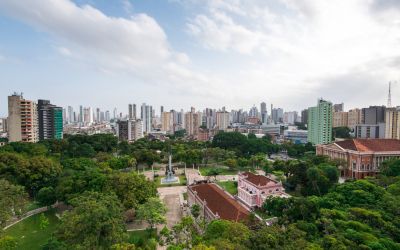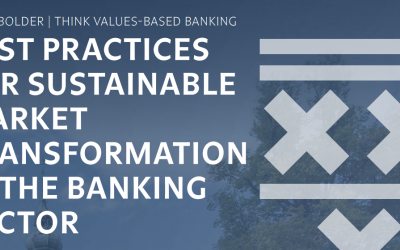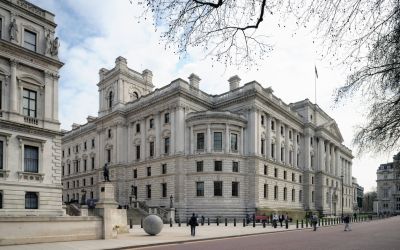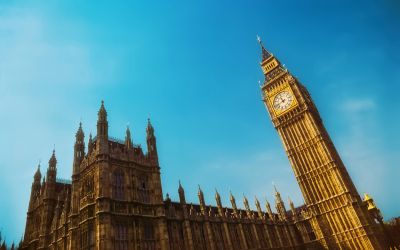World’s first basalt CCS project to get underway in US
Taking place near a paper mill in Wallula, Washington, the project will involve the world's first pilot test of CCS in continental flood basalt.

Washington State's Department of Ecology recently granted permission for the world's first pilot test of carbon capture and sequestration (CCS) in continental flood basalt. The project will be taking place near a paper mill in Wallula, Washington.
Having been approved, the pilot project can soon begin injecting some 1,000 tonnes of CO2 into a 4,000 foot well. This is expected to take some two weeks and should be completed by January 2011.
Following this, the Pacific Northwest National Laboratory and Battelle-the world's largest independent research and development organisation-will monitor the site for a nine-month period, tracking the chemical evolution in the subsurface. If successful, large scale CO2 sequestration in flood basalt would be possible within eight years.
Researchers from Battelle have spent the last two years drilling at the site in order to ascertain whether the subterranean basalt formation which lies under Wallula would indeed be suitable for carbon sequestration. The resulting Environmental Information Volume (EIV) will detail necessary site characterisation work, sequestration system infrastructure as well as monitoring programmes to support continuous sequestration.
The US$10 million project is one of 12 Industrial Carbon Capture and Storage (ICCS) projects which the US government has partly funded through the Department of Energy (DOE). The grants existed as part of President Obama's Recovery Act. In October 2009, the DOE awarded each of these ICCS projects to conduct a 'Phase 1' feasibility study.
The DOE has selected three projects, including Wallula's basalt programme, to continue into Phase 2 design and construction with operational startup to begin by 2015.
Air Products were another ICCS programme to receive some US$253 million in Phase 2 funding from the DOE. Located in Port Arthur, LA, AirProducts are looking to design, construct and operate a system to capture CO2 emissions from its two steam methane reformers (SMR) which produce hydrogen to assist in the production of cleaner burning transportation fuels.
Despite its successes, the basalt project was subject to certain setbacks when opposition and liability concerns forced managers to move operations from the port of Walla Walla to the Boise White paper mill at Wallula in Southeastern Washington State.
Several organisations including Battelle and Boise have been studying a CCS system for the capture and storage of CO2 emissions associated specifically with the pulp and paper production industry. Paper mills are second only to cement companies in terms of CO2 emissions and would be the only non-energy business that would be required to reduce emissions if climate change legislation were to be passed in the US.
In 2009, the DOE funded a US$500,000 cost/benefit analysis of adding CCS to the Boise Mill. The results showed that the addition of a co-generation or combined heat and power plant would actually be more cost-effective than capturing and storing carbon.
This was due to the fact that co-generation units would bring revenue from the production of excess renewable energy, which could be sold onto the market. However, as the failure of last year's climate bill aborted hopes of a cap and trade market, co-generation units are currently not cost-efficient enough to be considered a viable procurement option.
Author: Tom Watts | Climate Action
Images: A guy with A camera & Sylole | Flickr






